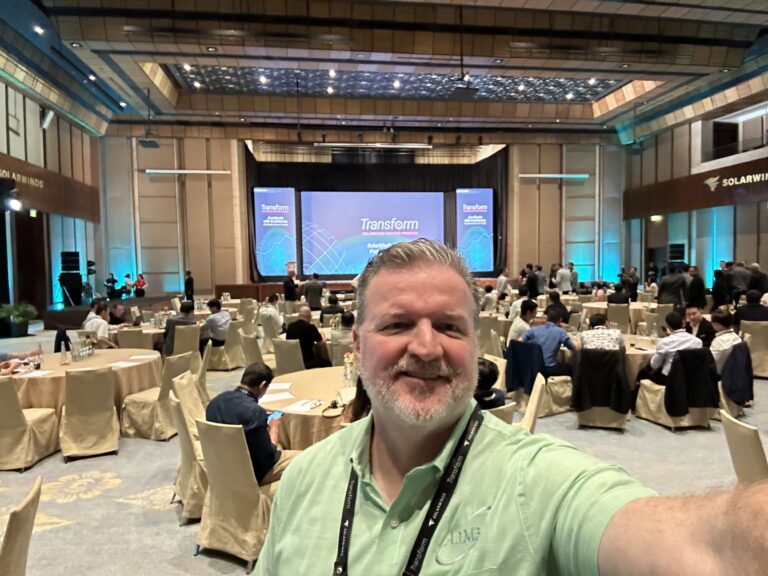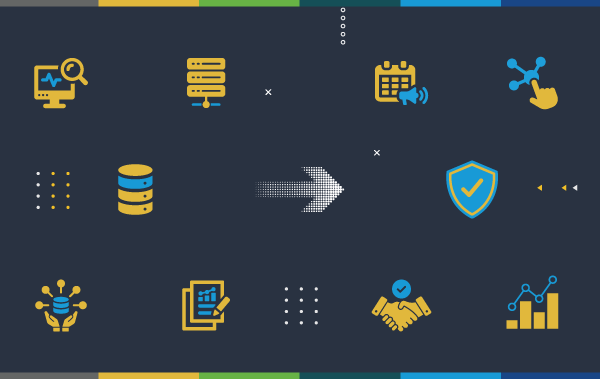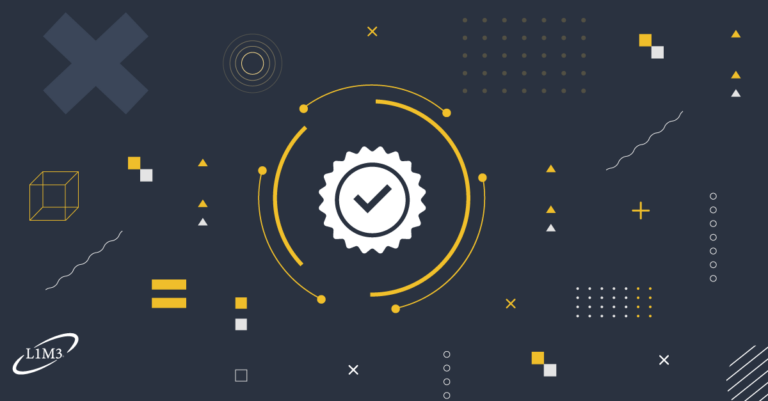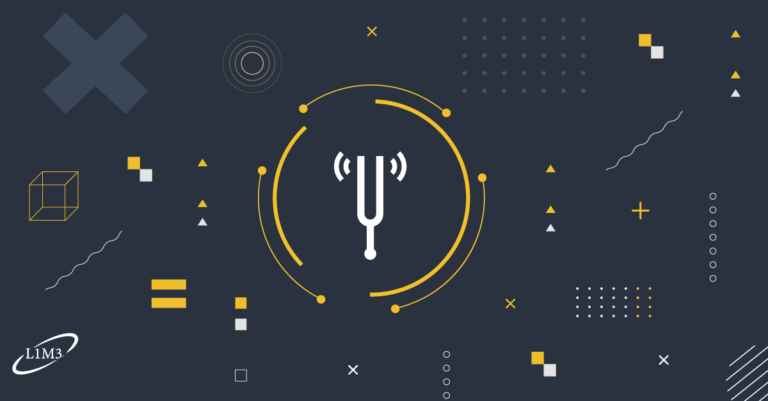Getting Started – Setup
Isn’t it nice when you get a new software solution and all you have to do is open it up and answer four or five questions and off you go? The problem is you are probably setting up some small widget app on your phone or a piece of software that does hardly anything if anything at all that even remotely applies to your environment or processes.
In today’s business world, there are millions and millions if not billions of business processes with as many differences as the people who developed them. So, how does one create and develop a help desk solution that is applicable to the majority of them? The answer is “Configurability”.
“With Great Configurability, Comes Great Responsibility”
As most of us have come to learn, the more planning and thought that goes into a setting up a new software solution, the better it will serve our needs. Web Help Desk is no different except that it is one of the most configurable solutions on the market and thus requires a certain amount of thought during setup. It’s not hard, just follow the Admin Guide and join all of us at THWACK. If need be (and you are a Loop1 Hosted Web Help Desk Customer), just submit your questions to the Loop1 Hosted Web Help Desk at support team at support@loop1helpdesk.com and we will do our best to help.
Back to setup. There are two categories of Web Help Desk:
- Straight off the shelf out of the box (downloaded) intended for installation on your machine.
- Hosted in the cloud where system standup is done and only system configuration is left for you to do.
Both Web Help Desks are designed to be setup in a specific sequence which is called out in the Admin Guide for whichever version of Web Help Desk you have. Here we will focus on the Hosted.
The Admin Guide and THWACK
The Admin Guide is a very under rated document and is intended to be used along with other tools at your disposal such as THWACK which is the online SolarWinds community with specific areas dedicated to each of their products including Web Help Desk. THWACK and the Admin guide are browser tabs that most of us who use Web Help Desk keep open. In the admin guide there is a list of things you should consider before you start:
Setting up the Application (Typical)
The Typical method for setting up WHD is listed below:
- Configure the techs in your help desk deployment. See Defining Techs.
- Define the ticket routing processes for all requests. See Defining Ticket Routing Processes.
- Configure your ticket functions. See Setting Up Tickets.
- Configure your customer locations. See Entering Locations.
- Configure your clients. See Adding Clients.
- Define your assets. See Defining Assets.
- Set up your parts and billing processes. See Set Up Parts and Billing.
- Configure your general settings. See Configuring General Settings.
- Set up your incoming and outgoing email settings. See Setting Up Email.
The most frequent and impacting issue client’s face is setup. This is why it is so important to follow the Admin Guide. Following the guide will make the entire process easy and you will reap dividends in the future.










